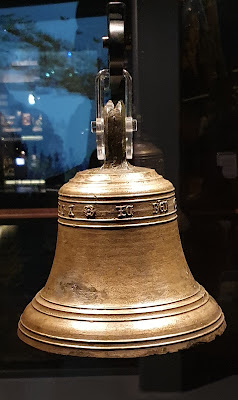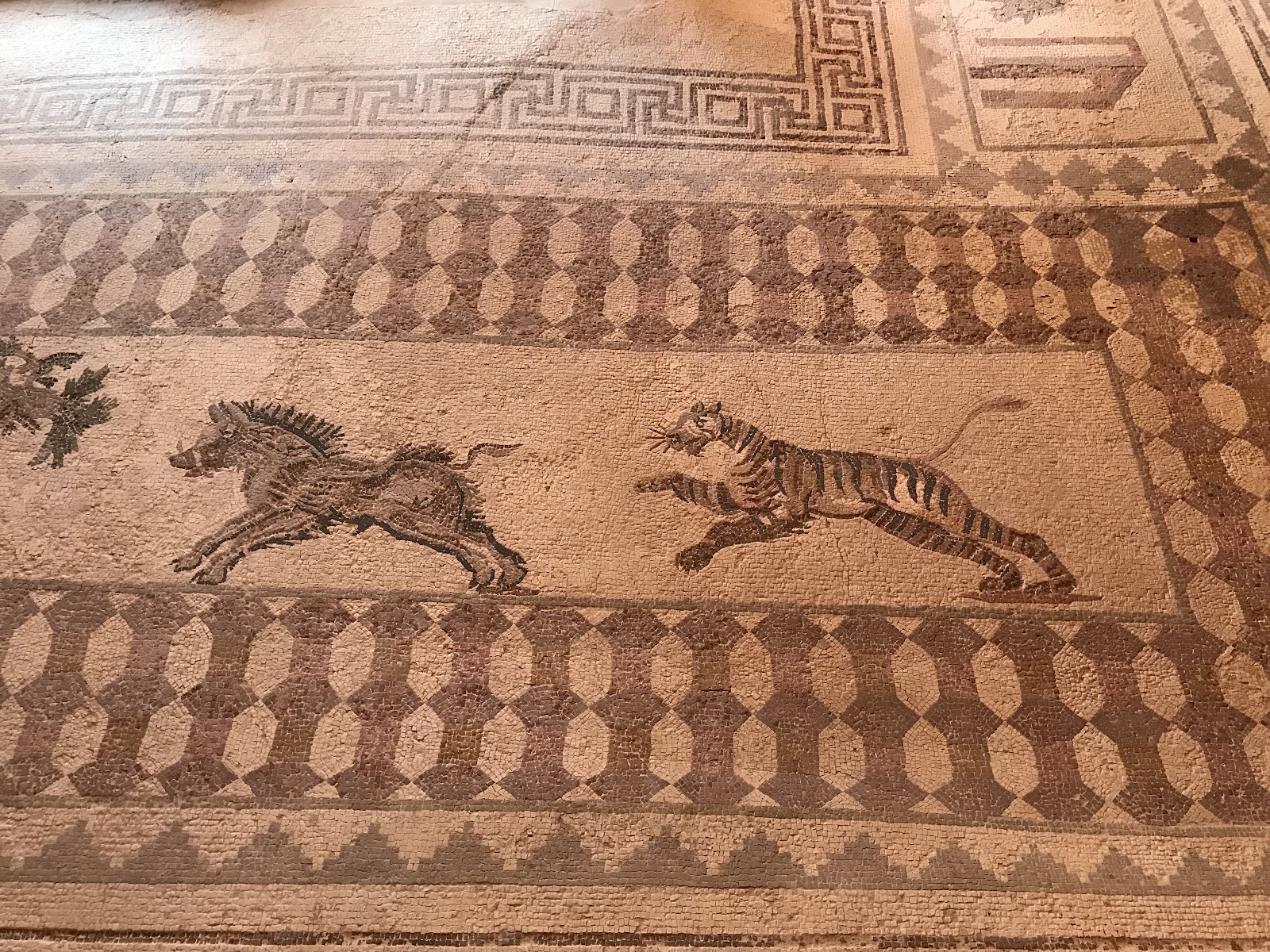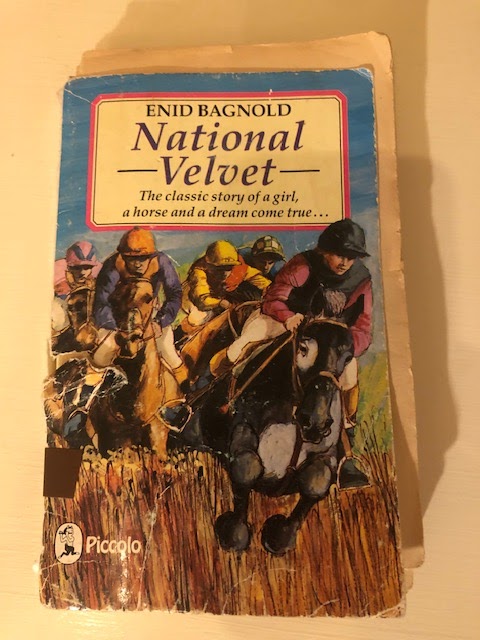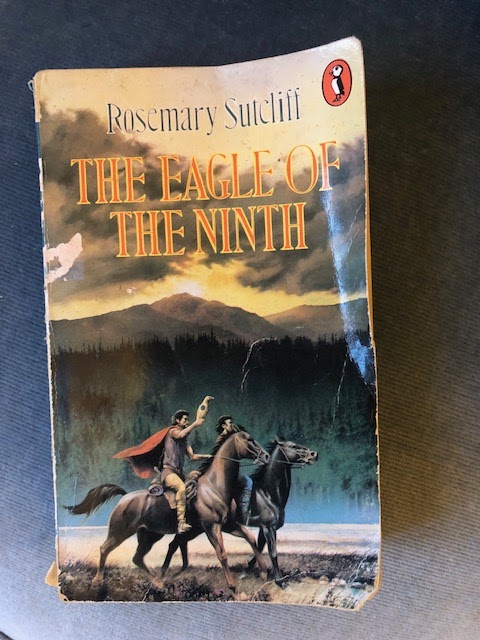A heist story follows the
planning, completion and aftermath of a theft of an item or items from a place.
It often involves a group of heisters, who each have a specific skillset that
will help them to pull off the caper.
When I sat down to write my heist, I was inspired a lot by the films I watched as a kid. I think my introduction to heists was the classic film The Italian Job, which stars Michael Caine and is set in Italy in the 1960s. I was blown away by the clever ways the characters sought to outwit the security measures to get their hands on some valuable gold, as well as the literal cliffhanger ending! I fell in love with heists watching the Oceans Eleven series, which is far more modern. I loved the cool gadgets and tech the gang used as they closed in on the vault.
So quite a lot of my ‘research’ into the different types of heists was actually just rewatching a lot of my favourite heist films, which was a lot of fun! From these rewatches, I noticed that there are a few elements common in many heists, and I turned these elements into questions to help plot my heist story:
1) Who
is the mastermind behind the heist?
2) Who
makes up the heist team?
3) What
are the team trying to steal?
4) Why
are they trying to steal it?
5) What’s
the plan?
6) What’s the twist?
Having answers to these questions meant that whenever I got writer’s block, I was able to unstick myself pretty quickly.
As I wrote my own heist, which is set in 1899 in London, I had to be really aware of the time period and how the historical setting would impact on my heist. In 1899, Queen Victoria was on the throne, women didn’t have the vote and much of the technology we take for granted today didn’t exist yet! I really wanted readers to feel as though they were in late-Victorian London, so I did a lot of research on what living during that time would have been like.
This research came in many forms. I read a lot of non-fiction books about the Victorian era and Victorian London—one my favourites is How to be a Victorian by Ruth Goodman, which told me a lot about everyday life. I also read fiction books set during the Victorian era, and books written by Victorians, like Oliver Twist by Charles Dickens.
Websites were also a huge research tool. My main character, Cosima, lives in a group home for disabled children run by a matron. These homes really did exist during the Victorian era, and thinking about these institutions served as the spark which inspired my story. A brilliant website created by Peter Higginbotham formed the core component of my research into these homes: http://www.childrenshomes.org.uk/. Peter is also the author of several excellent books which I wholeheartedly recommend.
I have the same disability as Cos—Hypermobility Spectrum Disorder—so I thought a lot about how different my life would have been if I’d have been brought up in a Home and being disabled during the Victorian era. There isn’t a tonne of information on how disabled people lived in the past, so I turned to a thoroughly modern research tool: the internet!
Finally, I also watched a lot of films and TV shows set in the Victorian era and I also watched many historical documentaries. One of my favourite movies that I saw during research was Enola Holmes, starring Millie Bobby Brown.
When it came to the heist itself, setting my story in the past actually helped in some respects. In 1899, there are no motion detectors, CCTV cameras or complicated security systems to bypass. However, this doesn’t mean that pulling off a heist was easy—Victorians were just as security conscious as we are! Cos and her friends still have to navigate guards, seemingly impenetrable walls, and complicated safes to reach the jewels they’re after.
Heists are full of twists and turns that readers don’t see coming, and I hope I’ve managed to sneak a few into my story. Creating an unexpected twist was really difficult—and I think what helped me to make my twist surprising was that I was also surprised by it.
Bringing the two components of my story together, the historical and the heist, was probably my favourite part of writing my book!
Writing Challenge
I challenge you to plot a historical heist story. This story can be set in any historical period!
Think about how the era will impact on your heist. For example, if your story is set in the pre-historic era, its unlikely that cave-people would want steal a million pounds, because that form of currency didn’t exist then. Maybe instead your cave-people’s target is a Woolley Mammoth! If your heist happens during World War II, what impact will an unexpected air raid have on your characters?
Laura Noakes grew up in Bedfordshire in a home full of books. She loved books so much she went to three universities after school, and graduated with a PhD in Legal History in 2021. Writing stories is her first love. She has Hypermobility Spectrum Disorder, a disability that she shares with her main character, Cosima. Laura now lives in beautiful Cumbria with her husband, Connor, and their two mischievous cats, Scout & Sunny.
Laura's debut book, Cosima Unfortunate Steals a Star, will be published by Harper Collins on May 25th 2023. Buy a copy online at - https://www.bookscumbria.com/product/uk-books/signed-editions/cosima-unfortunate-steals-a-star/Learn more about Laura and her writing at her website and follow her on twitter, Facebook and Instagram






















































